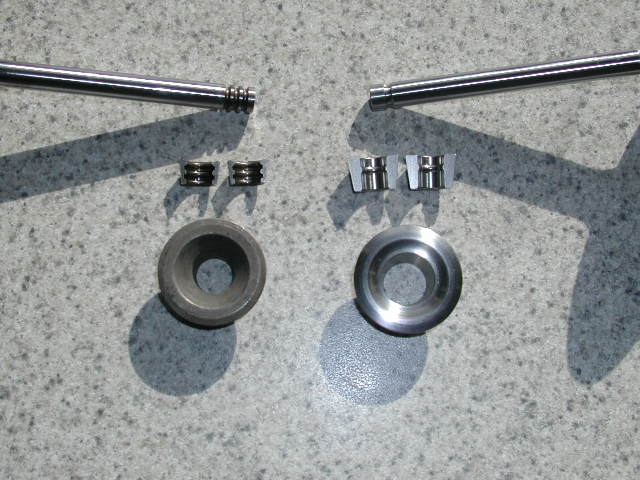Yep, 5-90 said there is something about the >3000 rpm area that gets the lifters to start rotating again, thus unsticking them.
I had a bad TCU side TPS that had it up shifting at 1200 rpm for years, before I figured out the TCU side of the TPS was bad, and the ground had 8 ohms on that side of the TPS as well, which had the TCU up shifting at 1200 rpm even at WOT:shiver:. So at 65 mph, it topped out at 2400 rpm on the engine.
I told you that? When? It sounds like it might work (I try to "bump" off of the redline once or twice a year, just to make sure I still can without any trouble,) but my engines live around 2400-2800rpm. I don't do that for any other reason - just to make sure everything is working, and I have top-end horsepower if I need it (my driving style is more concerned with low-speed torque than high-speed horsepower.) How do I keep tappet crud down?
- Drain the oil while
hot. I mean I pull in the driveway after a drive, let it sit just long enough for me to gather my tools, and pull the plug. The hotter the oil is when it comes out, the more crud comes out with it.
- Run some variety of useful detergent every third or fourth oil change (I prefer Marvel Mystery Oil - replace one quart of engine oil with one quart of MMO. When I get ready to change that, I pull out my tools before I go for a drive, then drain the oil within about thirty seconds of pulling back in.
- Regular oil changes. Dino oil gets 3000-5000 mile intervals, the synthetic in my wife's car gets 15,000 miles or so (I could go 15,000-18,000, but 15,000 is easier to remember. Seven-quart sump in that thing! I come out ahead using synthetic, tho...)
Those are probably the three biggest factors WRT oiling - beyond that, make sure to use a quality filter (Baldwin if you can find it, Wix if you can't. If you can't get either of those, a full-flow through a roll of toilet paper with the core pulled is better than pretty much anything else out there.)
Did I say that? Maybe I did - I don't recall, and I'm not sure. I may bump off the redline for more reasons than I telly myself I do - but that's my story and I'm stickin' to it!

